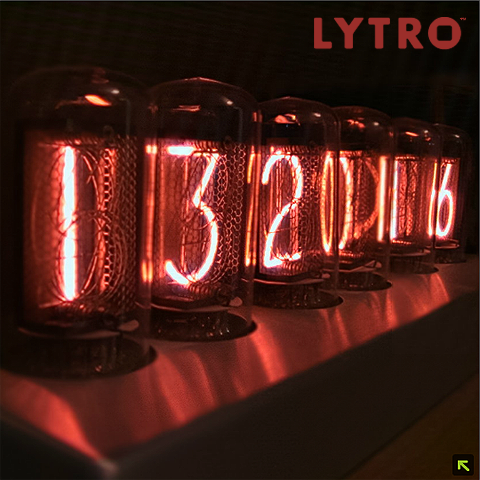Lytro brings you a revolution in focus-free photography

Most amateur photographers - myself included, have flashed off a number of out-of focus images in their lifetime. Point and click was never entirely fully instant point and click; as most modern cameras require a split second to auto-focus on the principal subject of the photograph. If you don’t focus correctly then the subject matter will be blurred, and the photograph is ruined as such.
Lytro has invented a new type of sensor - a Light Field Sensor, which backed up by some clever software allows you to take pictures - where you can adjust the focal point after the picture has been taken. This actually is a major revolution as it does introduce genuine point and click photography - you no longer need to do the soft press to trigger the auto focus in advance of the actual shot. I’ve had a lot of fun playing with some existing Lytro pictures on their website. As for the science bit, it’s probably best explained in their own words:
Light Field Capture
How does a light field camera capture the light rays?:
Recording light fields requires an innovative, entirely new kind of sensor called a light field sensor. The light field sensor captures the color, intensity and vector direction of the rays of light. This directional information is completely lost with traditional camera sensors, which simply add up all the light rays and record them as a single amount of light.
Light Field Processing
How do light field cameras make use of the additional information?:
By substituting powerful software for many of the internal parts of regular cameras, light field processing introduces new capabilities that were never before possible. Sophisticated algorithms use the full light field to unleash new ways to make and view pictures.
Relying on software rather than components can improve performance, from increased speed of picture taking to the potential for capturing better pictures in low light. It also creates new opportunities to innovate on camera lenses, controls and design.
For me it will be interesting to see which mobile phone companies licence this technology, as this is where it will likely have the most impact. I look forward to seeing this one develop and evolve. Probably too recent for inclusion in the iPhone 5!?!

Did you find this content useful?
Thank you for your input
Thank you for your feedback
Upcoming and Former Events
Affino Innovation Briefing 2024
Webinar - Introduction to Affino's Expert AI Solutions - Session #2
Webinar - Introduction to Affino's Expert AI Solutions - Session #1
PPA Independent Publisher Conference and Awards 2023
Meetings:
Google Meet and Zoom
Venue:
Soho House, Soho Works +
Registered Office:
55 Bathurst Mews
London, UK
W2 2SB
© Affino 2024



















